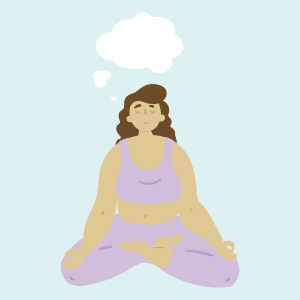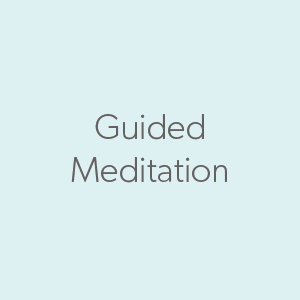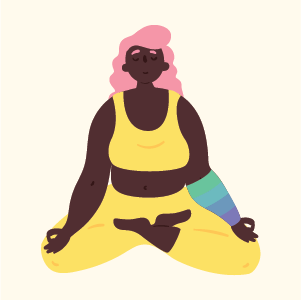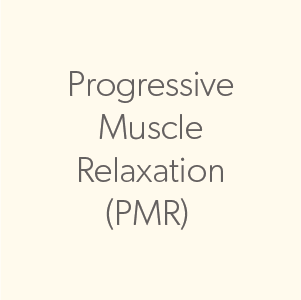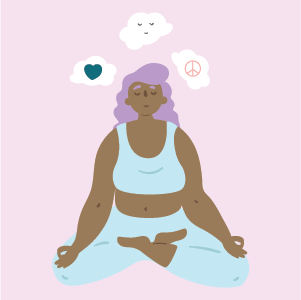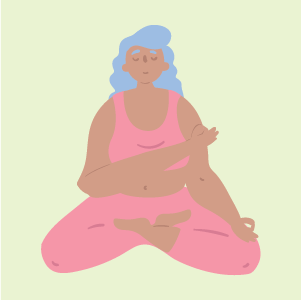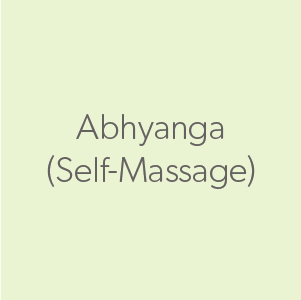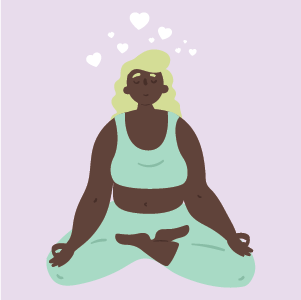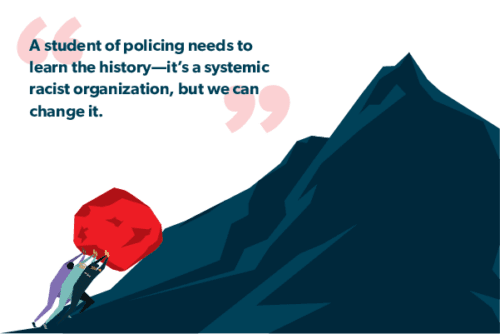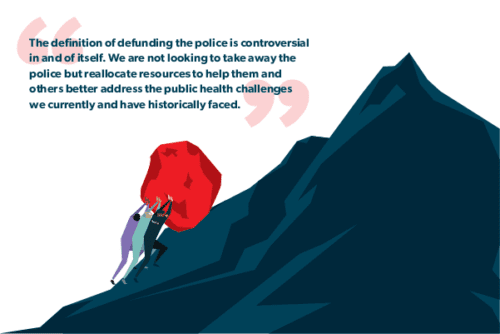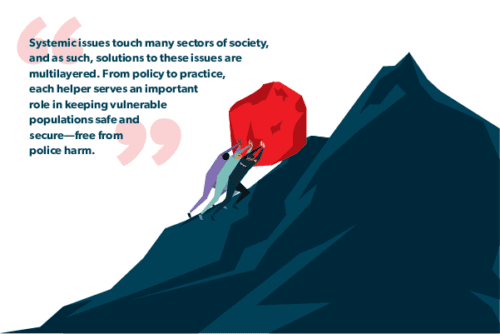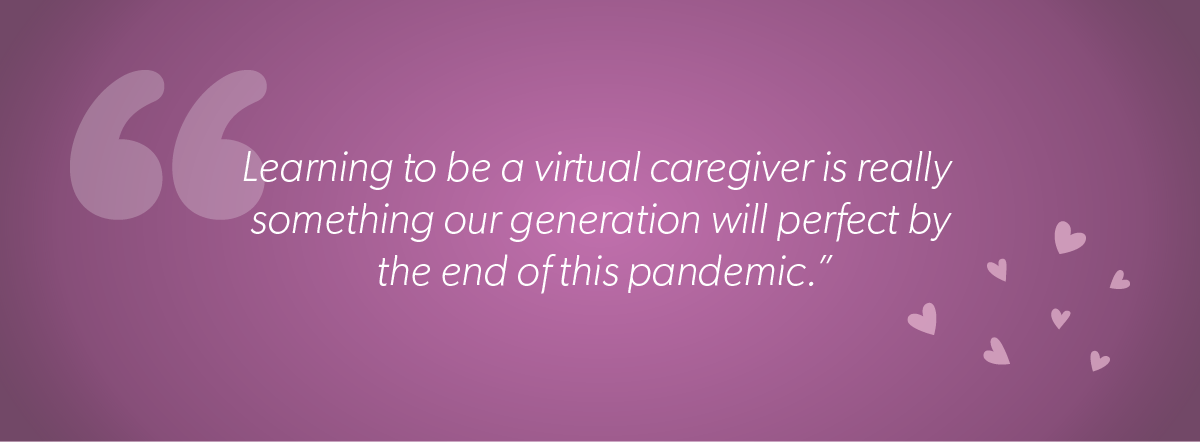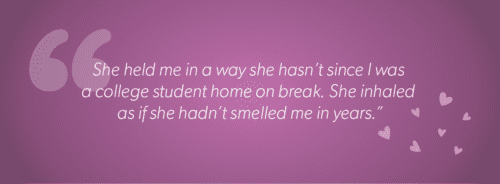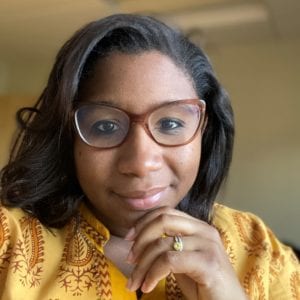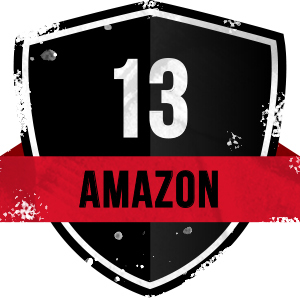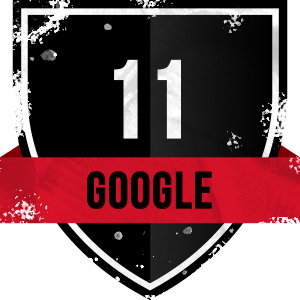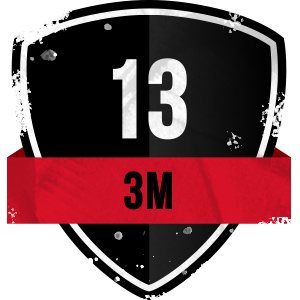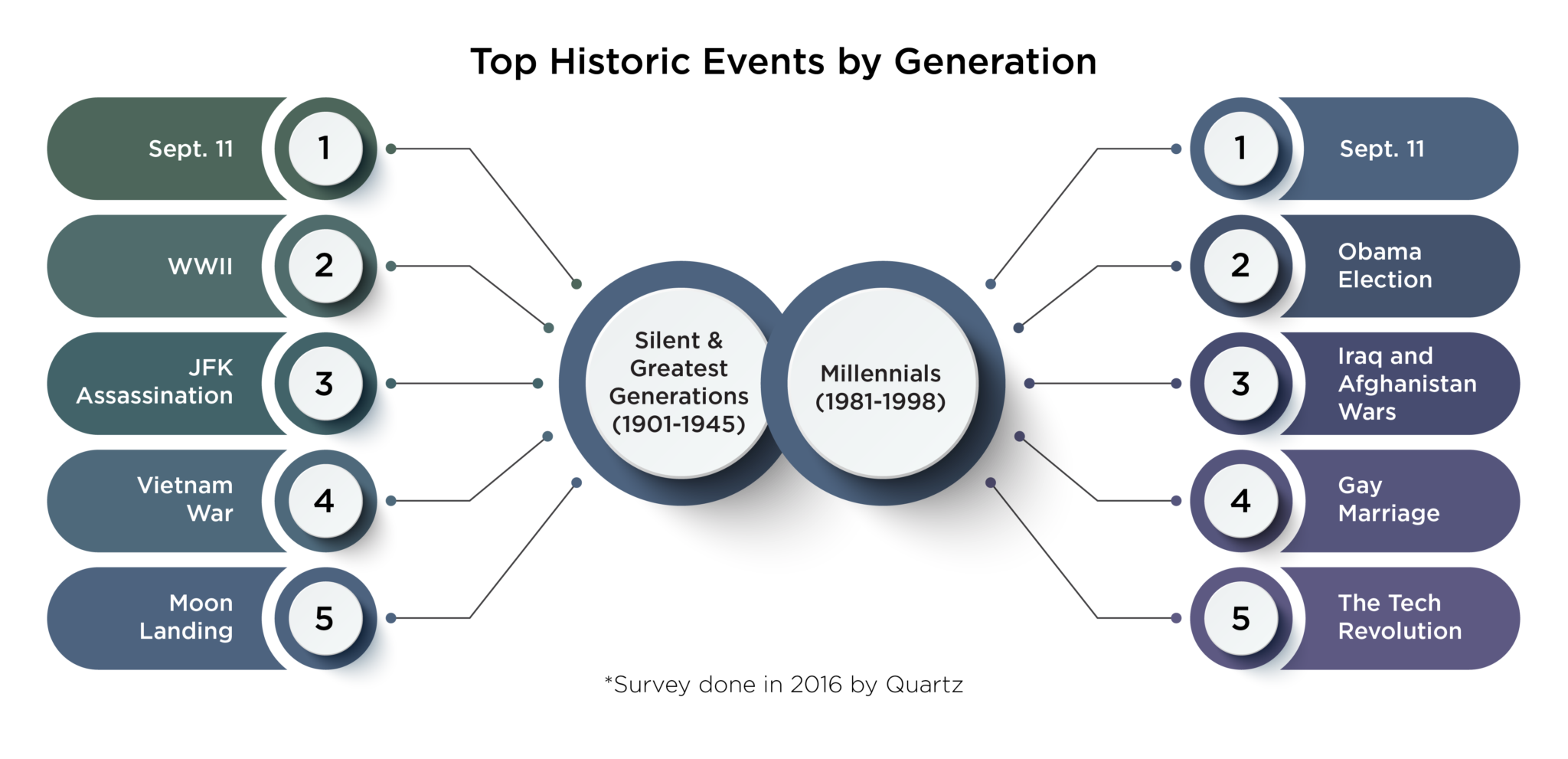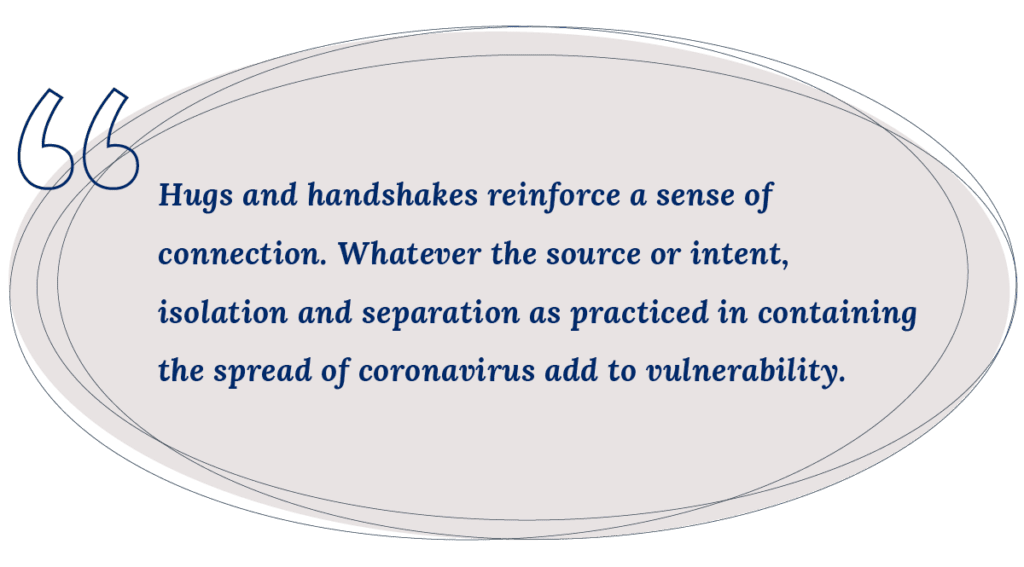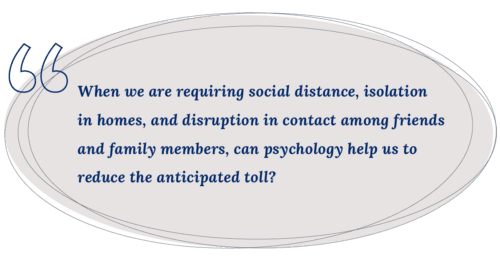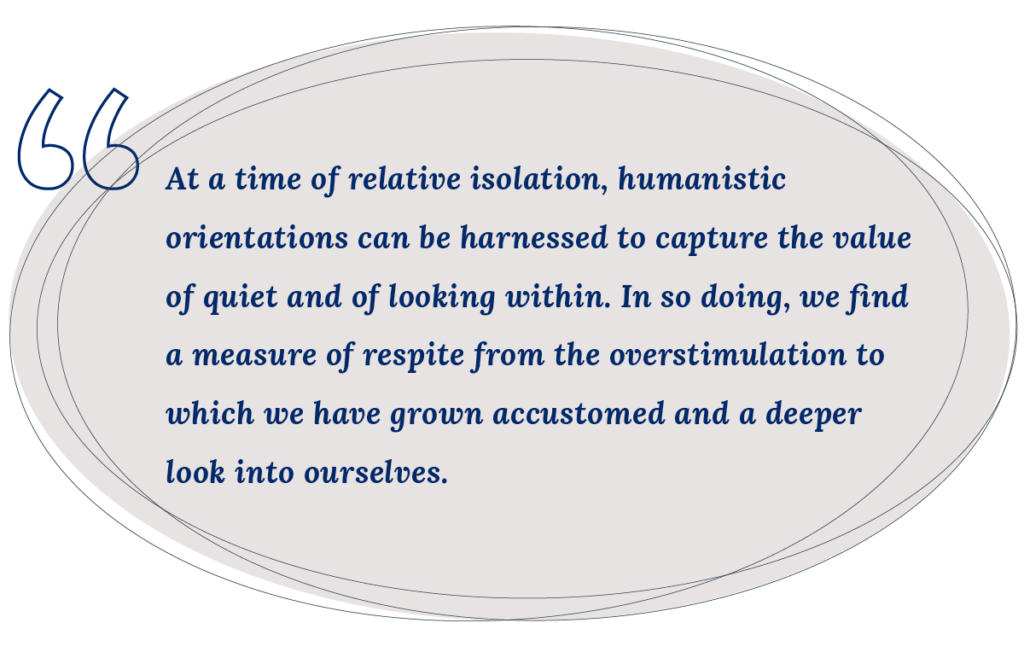In the field of social work, practice models guide patient care and an individual’s approach to treatment. These models act as a way of moving abstract theories of social work into the real world and applying them to concrete situations.
A social worker does not subscribe to a single practice model, but instead usually integrates them depending on the patient and issue at hand. Social workers may also choose to combine practice models into their own unique modes of practice.
Of the various models available to social workers, four distinct types are discussed below.
4 different types of social work practice models
1. Narrative therapy
Narrative therapy is often employed to provide objectivity to a client and the current issues they’re facing. In a narrative therapy model, clients are urged to separate themselves and their self-worth from their problems, as to not conflate the two.
This is done through third-person storytelling, from both the social worker and the client. By explaining the situation at hand as a story, clients can achieve a more objective perspective and potentially gain clarity into the direct causes of the issue. Through this process, the social worker may be able to develop “alternative stories” that show clients how the problem could have been avoided or what can be done to fix it.
2. Crisis intervention model
The crisis intervention model of social work is typically used when a client is experiencing a severe or critical issue. This could include crisis situations such as suicidal ideation or other harm (self-inflicted or otherwise).
In this model, a social worker follows a series of seven steps.
Stage 1: Perform a biopsychosocial and danger assessment
Stage 2: Quickly establish a rapport and relationship with the client
Stage 3: Identify what has caused the crisis and the major problems involved
Stage 4: Listen: encourage and allow the client to express emotion and vent
Stage 5: Offer alternative options to the crisis, collaborate on coping solutions
Stage 6: Enact a clear follow-up action plan
Stage 7: Plan and perform follow-ups
3. Task-centered practice
In a task-centered practice model, social workers assist clients through a series of clear steps. These are assignment-like tasks related to therapy or mental health goals that are completed on a schedule and evaluated. In this model, social workers will empower their clients to work through their challenges independently.
Task-centered practice acts as a means of goal setting but with the planned-out implementation of these goals. This is a future-thinking method that allows clients to think less about past issues and instead focus on future improvement and concrete steps to achieve this.
4. Integrative social work
Integrative social work is a model that approaches the field from a holistic, systemic perspective. This includes physical, emotional, community, and spiritual well-being when providing support to clients.
The integrative social work model believes that if you do not recognize all of the above dimensions in your practice, it will undermine the whole. Many times, this is referred to as a “person-centered” approach to health—the social worker sees a person as “person in environment” and tends to the individual well-being and resilience of that individual over the course of their lifespan. It also works to emphasize the conditions within a community that either support or undercut an individual’s well-being.
By deploying one or a combination of these practice models, social workers have found unique and personalized treatments to support both individuals and communities across the globe.
At Saybrook University, our Integrative Social Work department prepares students to create transformational change in organizations and communities, ultimately working toward a more just, humane, and sustainable world. By achieving a Ph.D. in Integrative Social Work, students receive an education that focuses on both the time-honored traditions of social work with the values of social justice and social transformation.

Visit our program page to learn more about Saybrook’s Ph.D. in Integrative Social Work or fill out the form below to request more information.
Curious about job opportunities in the field of social work? Learn more about these five career paths for a Ph.D. in social work.



























